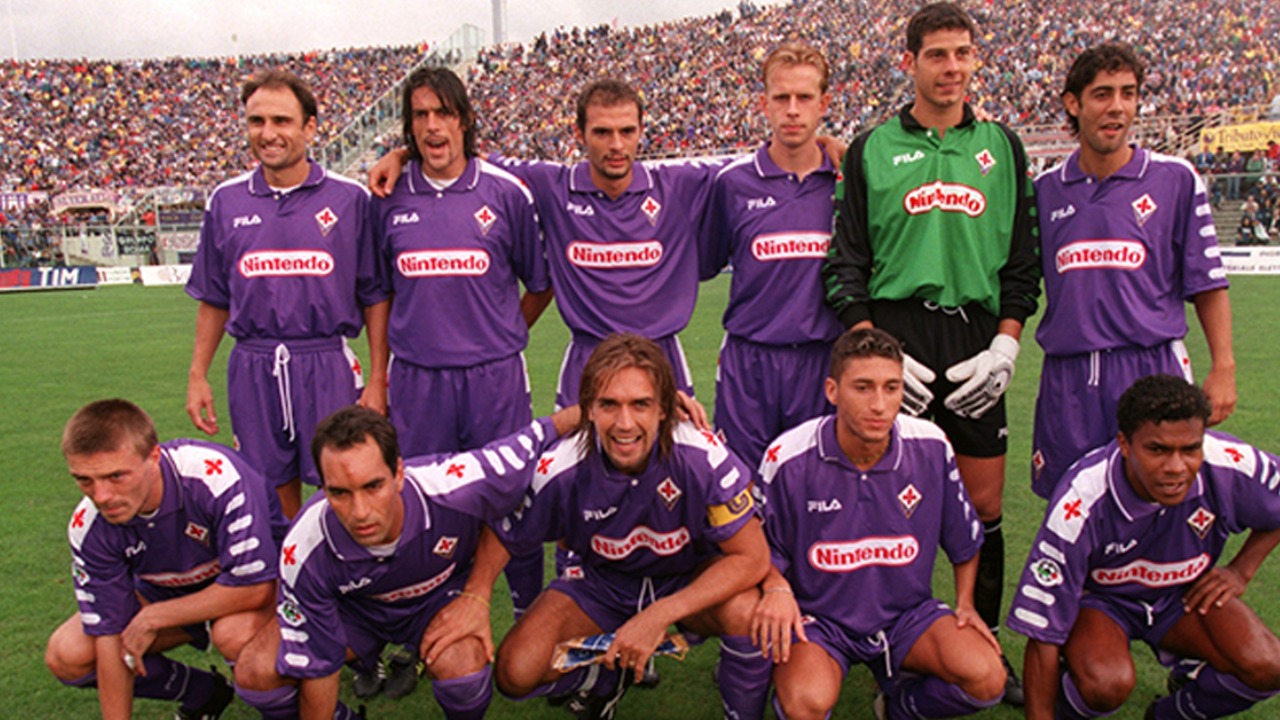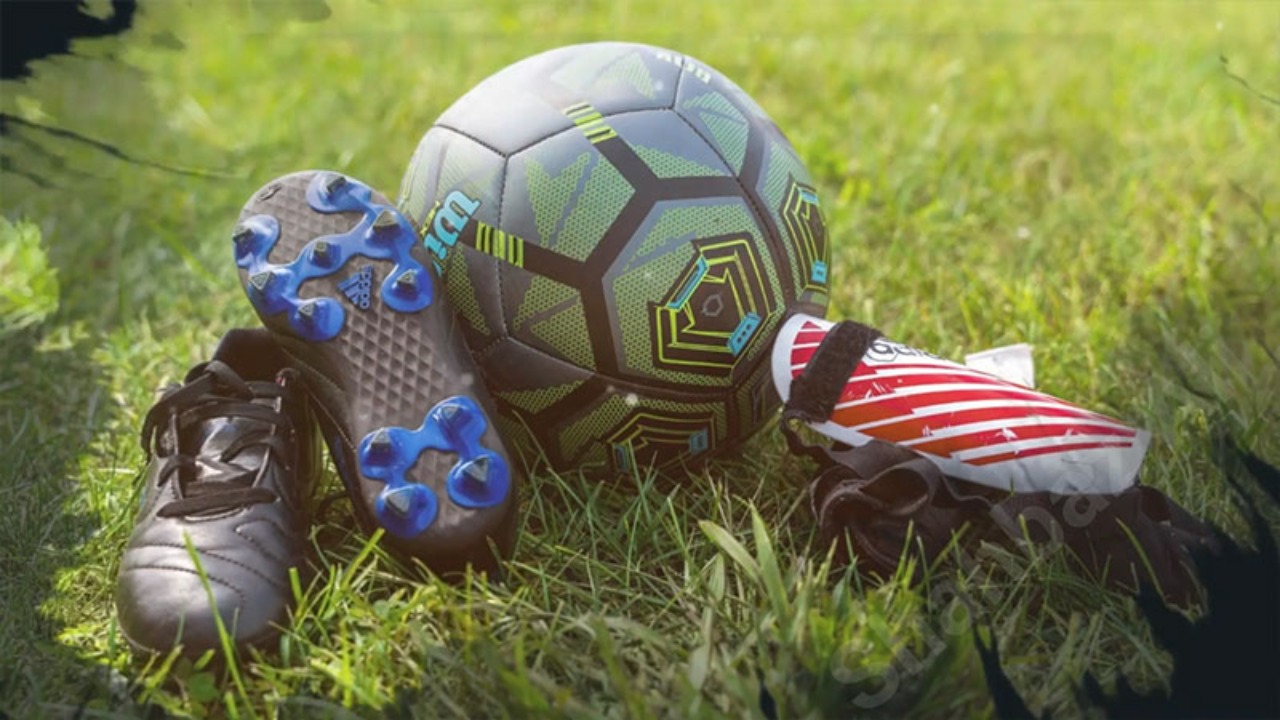
1. Helmet and Mouthguard: Essential Head Protection
Helmet: Since it shields you from head injuries, a high-quality helmet is necessary. For optimal security and ease, ensure your coach or equipment manager has it fitted correctly.
Mouthguard: A mouthguard lowers your chance of suffering a concussion while protecting your teeth and jaw. Choose one that is comfortable, fits well, and doesn’t get in the way of breathing. To guarantee a secure fit, many athletes modify their mouthguards.
2. Pads: Chest, Shoulder, and Rib Protection
Shoulder Pads: Because they cushion hits during tackles and blocks, shoulder pads are required for the majority of contact drills. Various kinds are needed for different roles; linemen need thicker padding for greater protection, while wide receivers can prefer lighter, more portable pads for greater mobility.
Chest and Rib Pads: Although they are not required, rib protectors are strongly advised, particularly for players in skill positions (such as quarterbacks and receivers) who are frequently the target of tackles. They guard against impact injuries to the chest and ribs.
3. Practice Jersey
A good practice jersey should be ventilated, long-lasting, and sufficiently loose to fit shoulder pads and allow maximum mobility. Although most teams have their jerseys, if you’re picking your own, make sure the fabrics can absorb moisture to keep perspiration out.
4. Compression Gear: Extra Support and Protection
Compression Shirt: Wearing a compression shirt beneath shoulder pads will assist keep your muscles warm and less chafing. Additionally, it wicks away perspiration, keeping you dry during vigorous activity.
Compression shorts: These can shield delicate areas during physical contact, increase muscular support, and lower the chance of strains. After a workout, compression clothing aids in muscle rehabilitation.
5. Football Pants and Girdles
Football trousers should have padding built into them or made to accommodate detachable pads for the hips, thighs, knees and tailbone. These are essential for shielding the lower body from collisions, especially during full-contact drills.
Under their football pants, several athletes wear cushioned girdles. These can keep the main football trousers light and comfortable while adding extra cushioning to the thighs and hips without adding bulk.
6. Protective Cup
Although not the most comfortable piece of equipment, a protective cup is essential for safety, especially in contact sports. Some girdles come with built-in pockets for cups, making them easier to wear during practice.
7. Socks and Cleats: Key for Stability and Comfort
Football Socks: Blisters can form from continual friction and perspiration, but thick, breathable socks offer cushioning. For extra convenience and safety, think about wearing athletic socks that are double-layered or particularly made.
Cleats: Select cleats according to the field surface; removable cleats are versatile for both soft and hard fields, while molded cleats perform well on firm ground. To prevent foot pain, make sure your cleats fit properly. You should also break them in before your first practice to prevent blisters.
8. Gloves: A Better Grip for Skill Players
Football Gloves: Gloves increase grip, lower the chance of fumbles, and shield your hands from scratches for linemen, running backs, and wide receivers. In cold or rainy conditions, when the ball may be more difficult to manage, they are very useful.
9. Extra Layers for Cold or Rainy Weather
Sweatshirt or Long-Sleeve Compression Top: A fitted sweatshirt or long-sleeve compression top can keep you warm without limiting your range of motion if you’re training in colder weather.
Rain Jacket: A lightweight, waterproof jacket that can keep you dry and comfortable during practices that won’t be canceled due to inclement weather. As long as it is flexible and permits a full range of motion, that is.
Tights or leggings: Tights can give you extra warmth on really chilly days while yet enabling your legs to move freely. To avoid overheating when warming up, look for alternatives that wick away sweat.
10. Accessories and Extras
Towel: To improve your grip, have a little towel tucked under your waistband to wipe perspiration or rain from your hands.
Hydration Equipment: Many athletes pack a hydration pack or water bottle. It’s important to stay hydrated, particularly in hot weather and during strenuous activities.
Optional Arm Bands and Sleeves: While some players find armbands helpful for removing perspiration from their faces, others prefer arm sleeves for warmth or compression.
Selecting Appropriate Equipment for Your Role
Some of your gear choices are influenced by your role on the team:
Quarterbacks: For easier mobility and quicker releases, lightweight shoulder pads, and rib protection are advised.
Receivers: Seek out cleats made for speed, flexible pads, and lightweight gloves.
Linemen: To withstand severe physical contact, thicker shoulder pads, heavier gloves, and traction-oriented cleats are recommended.
Safety Advice for Playing Football
Check for Fit: Verify the fit of all your equipment, especially your studs, shoulder pads, and helmet. Injuries may result from improperly fitted or loose equipment.
Check Equipment Frequently: Over time, pads, helmets, and cleats may become worn out, particularly if you practice frequently. To prevent injuries, make sure your equipment is in good working order.
Comfort Over Style: To perform at your best, put comfort and fit first, even when appearance is beneficial.
Conclusion
In addition to improving your performance during football practice, wearing the proper equipment also keeps you safe on the pitch. Add gear according to your position, the weather, and your personal preferences after starting with the necessities, such as a helmet, shoulder pads, and cleats. You’ll be prepared to take on any obstacle on the pitch with the proper planning and protective equipment!

